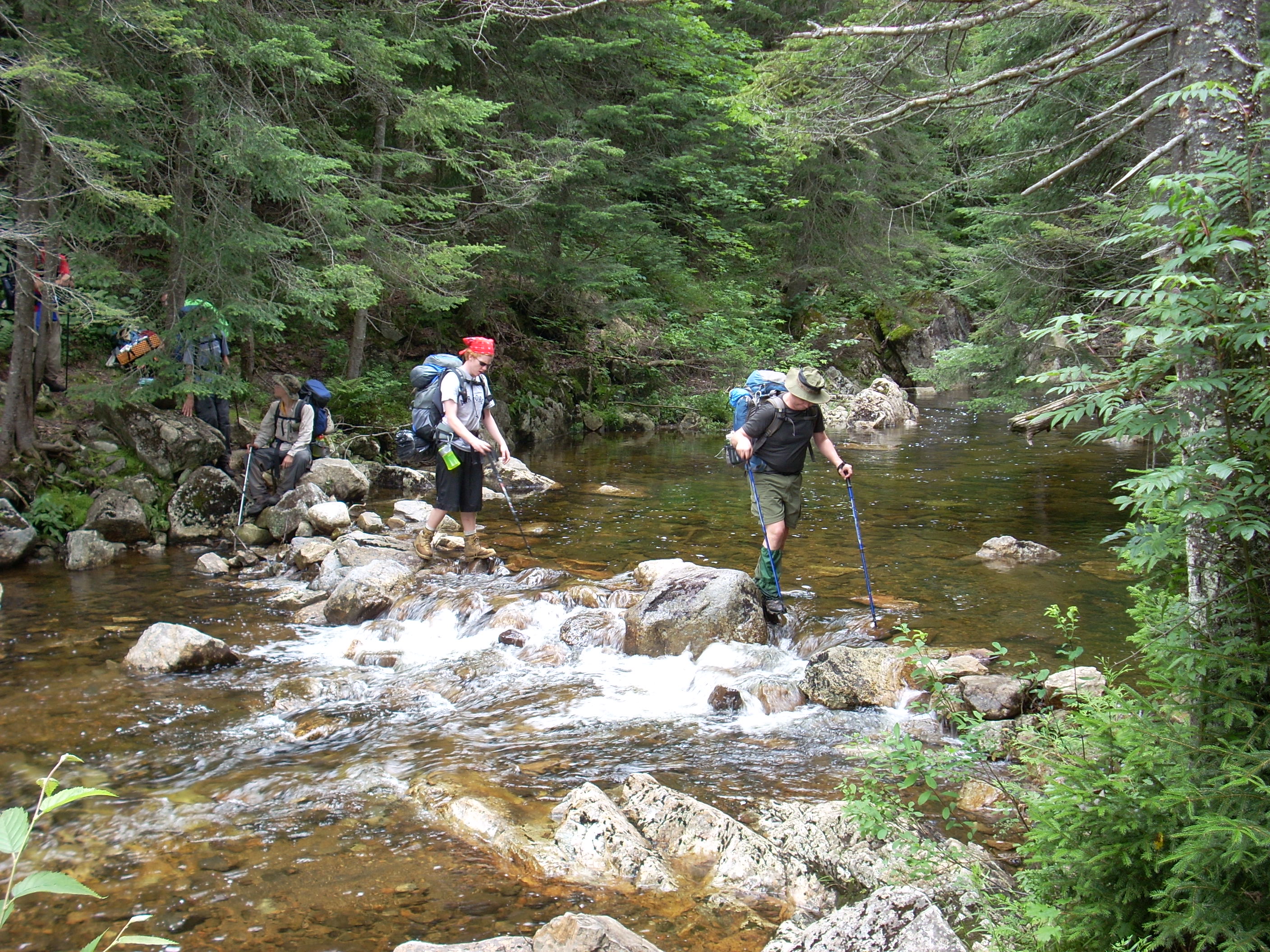It should go without saying that Scouting units in the outdoors should only consume water that is safe to drink. Indeed, there are any number of ways to treat water to make it safe to drink, including but not being limited to chemical purification, boiling, mechanical filters, membrane microfilters, etc., or combinations of the above. It clearly falls within a unit’s duty of care to ensure that a water treatment method is available for an intended venue.

BSA has long advocated the treatment of water during outdoor activities, and has historically admonished its volunteers to avoid the consumption of untreated water of unknown quality.
See, BSA’s Scout Field Book, which reminds everyone of the need to purify water in the wilderness:
1959 edition, p. 32: “In all events, ‘Don’t drink water unless you’re sure it is absolutely pure!'”
1967 edition, p. 61: “Never take a chance by drinking water not known to be tested and safe.”
1998 edition, p. 101: “Purify all water you get in the wild, no matter how clean it appears to be.”
2004 edition, pp. 124-125: “Be sure to treat all water you get in the wild, no matter how clean it appears to be.”
2014 edition, pp. 89-90: “You must treat all drinking water in the wild, no matter how clear and clean it appears to be.”
Until recently, BSA’s Guide to Safe Scouting historically contained similar guidance for adult volunteers:

2003 edition, p. 25: “All water of uncertain purity should be purified before use.”
2009 edition, pp. 20-21: “All water of uncertain treatment should be treated before use.”
2014 edition, p. 35-36, and 2015 edition, pp. 27-28: “Streams, rivers, lakes, springs, and snow may provide a source of water, but they must always be treated by one of the following methods . All water of uncertain treatment should be treated before use.”
Curiously, however, beginning at least in 2018, and continuing to the present, the Guide to Safe Scouting became silent regarding the need to treat water of unknown quality in the wilderness, despite the acknowledged risks of not doing so. Given how important the treatment of water is to the practice of risk management principles in the wilderness, and given BSA’s historical guidance as to same, there seems to be little justification for the Guide to Safe Scouting to now be silent on this issue.
Despite the above omission, adult volunteers are reminded that the providing of safe drinking water to participants is a critical aspect of the duty of care. Given the number of methods that can currently be employed to achieve this result, no youth or adult should be required to go without safe drinking water during an activity in the wilderness!
See, for example, the September-October, 2015 edition of Scouting Magazine which contains an article titled “How to Purify Water in the Wild“. Water purification choices have evolved even beyond those described in that article – do the research, select a method most applicable to the intended venue, and enjoy a safe outing!
P.S. A 2016 Philmont crew reportedly failed to treat stream water prior to drinking the water, despite having water treatment means available. The entire crew subsequently suffered Giardia poisoning, requiring hospital intervention. The above admonitions are meant to be taken seriously – they are not mere suggestions, particularly when youth are involved.
